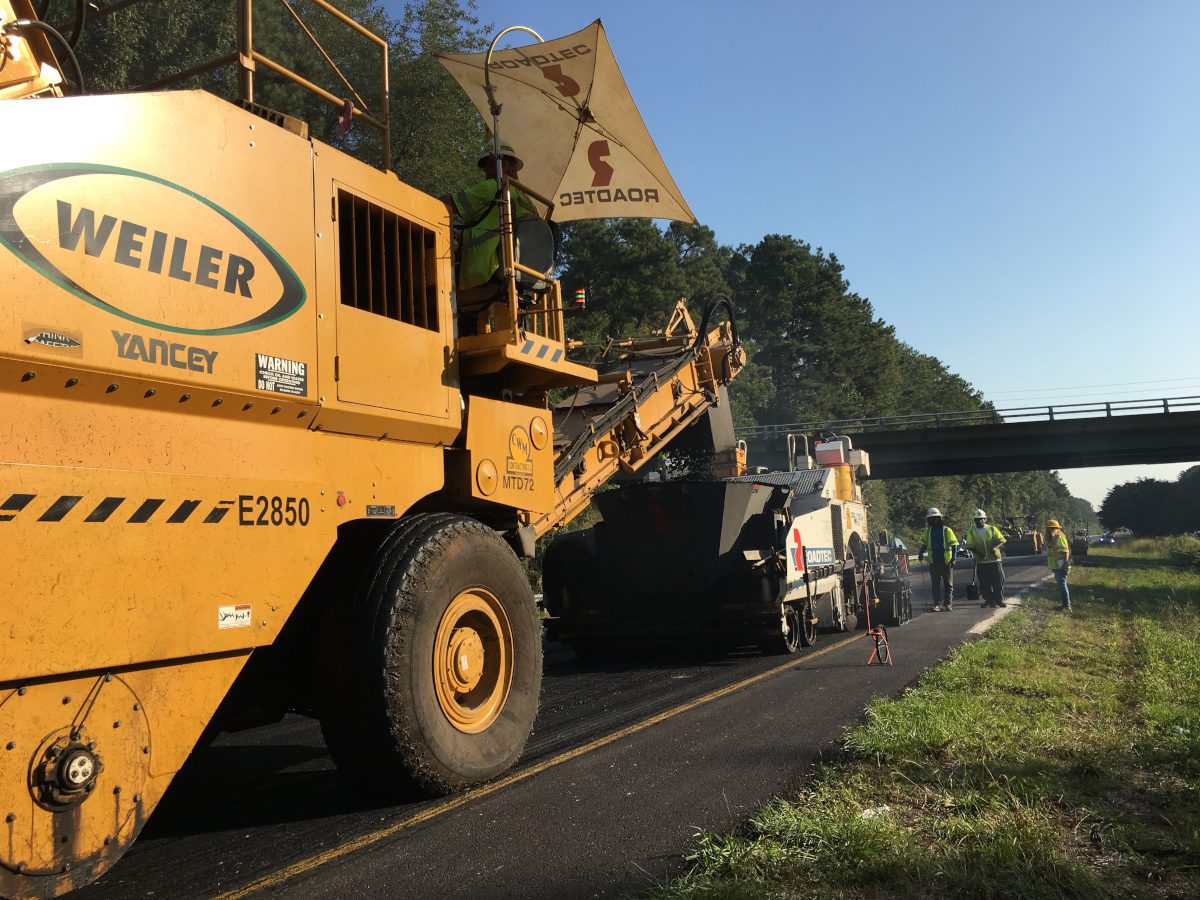
A new report claims to find that rubber modified asphalt (RMA) is a resilient pavement solution to rebuild roadways, as well as offering a promising sustainable and circular end-of-life market for scrap tires. The report also offers recommendations for additional research to ensure a comprehensive understanding of the technology’s impact.
It was produced by the US Tire Manufacturers Association (USTMA), in partnership with the University of Missouri and The Ray, a nonprofit firm in the sustainable transportation space.
Developing sustainable end-use markets for the 260 million scrap tires generated annually in the US is seemingly a top industry priority. RMA, which incorporates ground tire rubber made from scrap tires into asphalt, provides demonstrated economic, performance and environmental benefits, say the authors. Compared to traditional asphalt, RMA provides cost savings over the life of the asphalt, extends pavement life, and reduces noise, CO2 emissions and tire and road wear particles. RMA also leads to lower rolling resistance, which helps improve fuel economy.
Dr. Bill Buttlar, director of the Missouri Center for Transportation Innovation and the report’s lead researcher, has attempted to answer the question: Can RMA help eliminate scrap tire stockpiles in the US, boost pavement sustainability and longevity, and allow more miles of roads to be repaired?
“This research provides those who make infrastructure decisions – road operators, state and federal regulators and legislators, pavement and road construction contractors and researchers – with important information on the effectiveness and environmental impact of rubber modified asphalt,” said Dr. Buttlar. “It outlines why states should review and expand asphalt specifications to incorporate this proven alternative. We should continue to research rubber modified asphalt to better understand the complete picture of this pavement’s environmental impacts and benefits.”
“The report demonstrates the value of upcycling tires into higher performing roads that will help states save money over the life of the roadway and make our roads quieter,” said Allie Kelly, executive director of The Ray. “Our work with USTMA and the University of Missouri demonstrates how we can work together to find safe and sustainable solutions. The opportunity to scale and expand the utilization of rubber-modified asphalt across all 50 states has arrived, with Congressional action on transportation and infrastructure funding, and the publishing of this inventory of the best research and analysis of RMA.”
“The University of Missouri’s research review proves that rubber modified asphalt is a strong and viable application for advancing the sustainability and circularity of scrap tires,” said Anne Forristall Luke, President and CEO of USTMA. “To help grow this market safely and responsibly, USTMA supports infrastructure legislation to increase opportunities for university and government research, regional innovation hubs for rubber modified asphalt, and federal procurement of rubber modified asphalt. We also advocate that states and municipal communities should consider expanding asphalt specifications to include rubber modified asphalt as a possible pavement choice.”
Also of importance, the state of knowledge report identified data gaps that should be addressed to better inform modern pavement design software programs, including the need for additional research on the life cycle impact of rubber modified asphalt and its properties and characteristics.
The research was peer-reviewed by a technical advisory panel of regulators, researchers and scientists that provided support, insights and feedback. The study reviewed more than 300 scholarly articles and reports and surveyed 26 state highway agencies to identify data gaps in knowledge and barriers to more widespread adoption of rubber modified asphalt nationwide.






